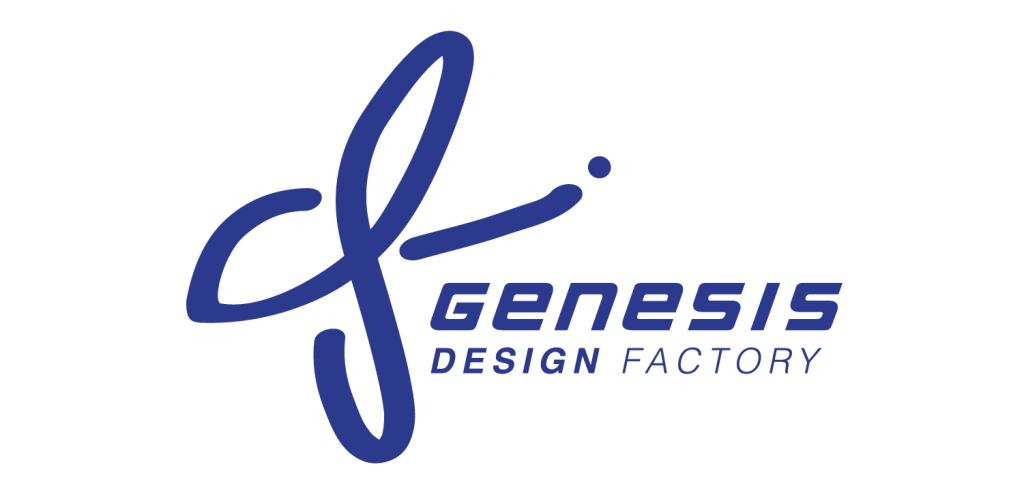How To Design Workspaces for Mental Wellness
The workspace is the sacred place where your team makes magic happen. It’s where your company’s vision and mission take shape and leave the confines of the drawing board. Your workspace is so critical to your success story some might say it might make or break your company.
As we endeavour to create workspaces that continue to inspire and challenge our teams, workspace design has become a crucial aspect of an organisation’s conception. The workspace you provide, while focused on getting the job done, also needs to provide an environment that maximises production without compromising creativity.
The fundamental pillars of workspace design are design and function. A workspace needs to be functional but also aesthetically pleasing. Designing a space that promotes your company’s brand and values allows you to set the right tone for your business and endorses you to your clients.
Design and You
The design elements you choose, from colour to lighting to the materials, have far-reaching impacts on your team’s productivity. A study has shown something as innocuous as adding some greenery to a workspace can boost productivity by 15% on average. Colour psychology is often ignored in workspace design. We’re just now seeing how our perception of colour shapes our experiences, and the findings are too profound to be ignored. From impacting our moods and emotions to our performance, colour psychology could be what is standing between you and a more peaceful day at work.
The above shows how tightly linked our mental states and the workspaces we occupy are. We spend a third of our lives at work, leaving an indelible mark on our psyches. Our workspaces determine how well we’ll be able to do our jobs. If small tweaks to office layout can boost creativity and happiness, why not use this power to create a workspace that also caters to our mental states? Humans are not lean, mean machines that perform on demand, they need conducive work environments that are not only aimed at gleaning them of their work and ingenuity but also geared towards their growth and wellness. An investment in their well-being is an investment in your business’s success, and as you will see below, there are a few steps you can take to elevate your workspace and meet your employees’ needs.
Does It Really Matter?
The COVID-19 pandemic brought about needful change to the way we treat workplaces. As a majority of the workforce was sent home, employers had to grapple with the fact that their workspaces were never designed to safeguard employees during such uncertain times. Adopting remote work options was not without its challenges but proved to us that radical changes to the workplace were possible. With the pandemic now gone, flexible work options may still be at the forefront but more and more employees report missing the social aspects of a shared workspace. We have been slowly gravitating towards individual-centred design in the workplace and creating workspaces that echo the post-pandemic flexibility have accelerated this tenfold. Moreover, as companies have increased their investment into mental health initiatives in the workplace, so too have employees’ expectations increased. Employees are now more likely to leave a role that threatens their mental health or a company culture that does not value mental health in the workplace. It is therefore in our best interests to create a workspace that reflects the needs of one of our most prized investments: the employees.
Design Elements That Will Transform Your Workspace
We’ve covered how sacrosanct the workspace is for employees to do their best work so here are five elements to prioritise as you plan your next workspace redesign:
1. Experiential and Flexible Spaces
When we hear flexible working conditions, we generally tend to think of working from home but an aspect of flexibility heretofore unexplored is workplace flexibility. Part of why employees desire changes to their workspaces is how confined they tend to be. A flexible workspace allows employees to work from different locations in the workplace throughout the day. Offering this kind of support that is cognizant of their different work styles increases employee engagement and overall happiness at work. Incorporating movable furniture, modular walls, standing desks and co-working spaces can help employees move around their workspace throughout the day and encourage interdepartmental collaboration. With the right balance of privacy, comfort and accessibility, you can create an engaging space that accommodates mental health without compromising creativity and productivity.
2. Natural Light
Have you ever walked out of a building and out into the sunshine and felt instantly refreshed? Or walked into a building with harsh lighting and instantly felt a negative shift in your mood? Studies have shown that natural light impacts our mood and productivity, influences our mental health and how well we sleep. More importantly, a well-lit space prevents issues such as headaches and eye strain from cropping up among your employees. Further research reveals that employees with access to a nice view out of their office window and access to sunlight throughout their workday are also less likely to fall sick due to consistent absorption of vitamin D which is invaluable to good health.
3. Biophilic Elements
Biophilic from biophilia simply means our innate connection to nature. It alludes to our need to be in and around natural environments. Given the current setup of work buildings though, there is an increased disconnect from nature. Incorporating biophilic elements into office design bridges that gap. As aforementioned, adding a bit of greenery into an office space does wonders for productivity. Indoor plants are a perfect place to start. Direct contact with vegetation in a predominantly built environment can foster a human-nature connection. Mimicking natural shapes and forms in office design over harsh lines and straight edges can also increase a sense of connection to nature. Studies have shown that biophilic design reduces stress levels and fatigue, directly impacting anxiety and stimulating the mind to keep people productive.
4. Wellness Rooms
Sometimes, despite our best efforts, we just have a bad day where nothing goes our way and we need to decompress before we can tackle the rest of the workday. Sometimes all we need is a little recharge to be able to get on with the rest of the day. A wellness room comes in clutch in such a situation, offering employees a space to get away from the more overwhelming aspects of their jobs and get some much-needed respite. It’s even more important for employees struggling with their mental health, providing a space for them to take care of themselves and signifying care from their employer.
5. Integrate Movement
Office setups provide one of the greatest obstacles to movement today. According to evolutionary science, we are descended from hunter-gatherers who spent their days up and about foraging for food. Our sedentary lifestyles are in constant opposition with our physical needs having adverse effects on our overall health and none more so than the average office worker. The World Health Organisation (WHO) reports insufficient physical activity as the 4th leading risk for mortality. Incorporating movement in the workplace is essential to keeping your workforce in good health. From standing desks and treadmill desks to placing printers and water coolers away from workstations, there are numerous creative methods to encourage movement among your employees.
In Conclusion;
We are constantly reimagining the workplace, improving old setups and incorporating new elements in a bid to create the ideal work environment. As the work environment continues to reinvent itself, employees are demanding more from their employers in terms of their well-being. A conducive, inclusive and holistic work environment has therefore become non-negotiable to the workforce. The above pointers are simply a nudge in the right direction when prioritising your employees’ mental health. As you incorporate these changes, seek employee feedback to help identify areas of improvement and ensure your workspace meets their needs.
























